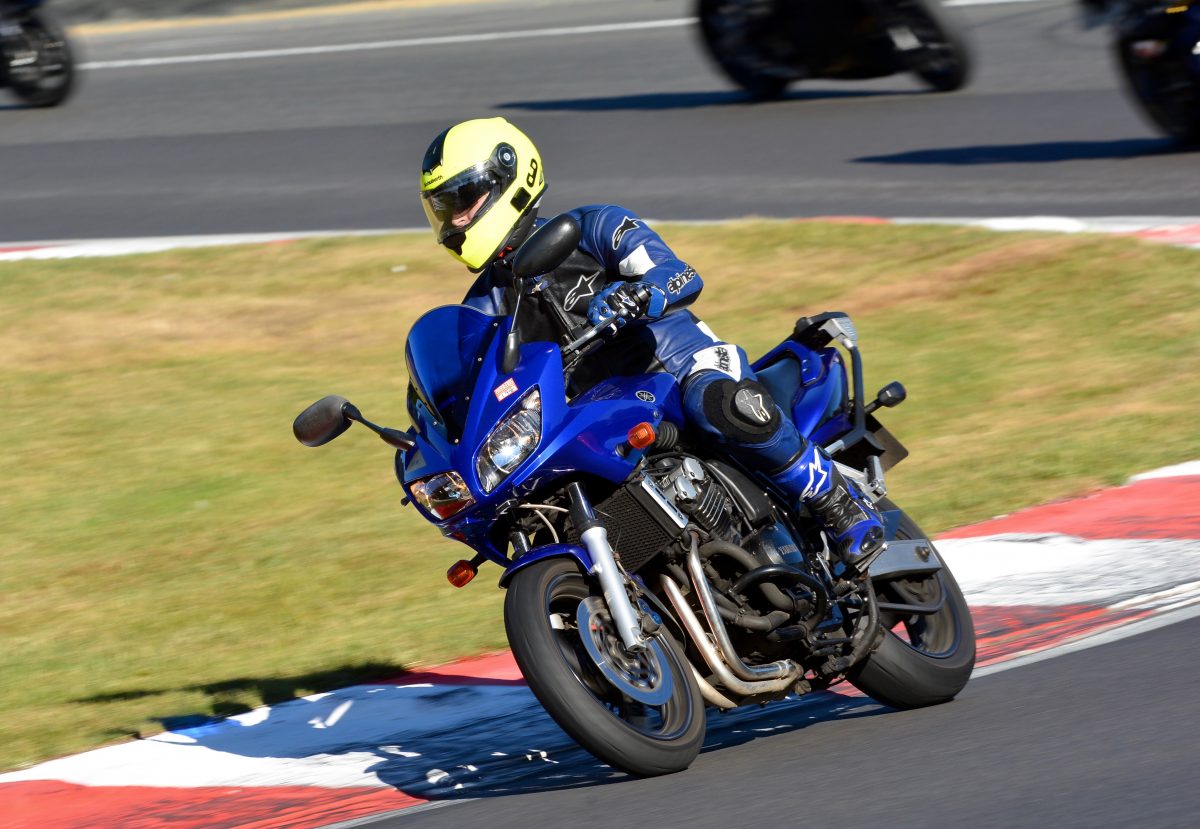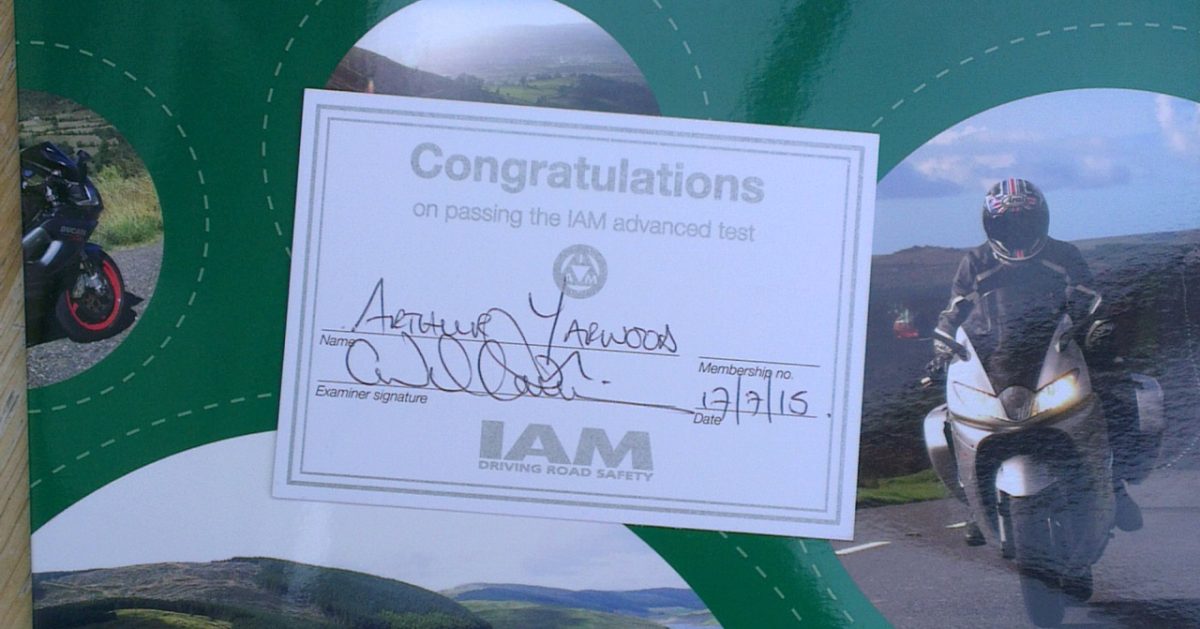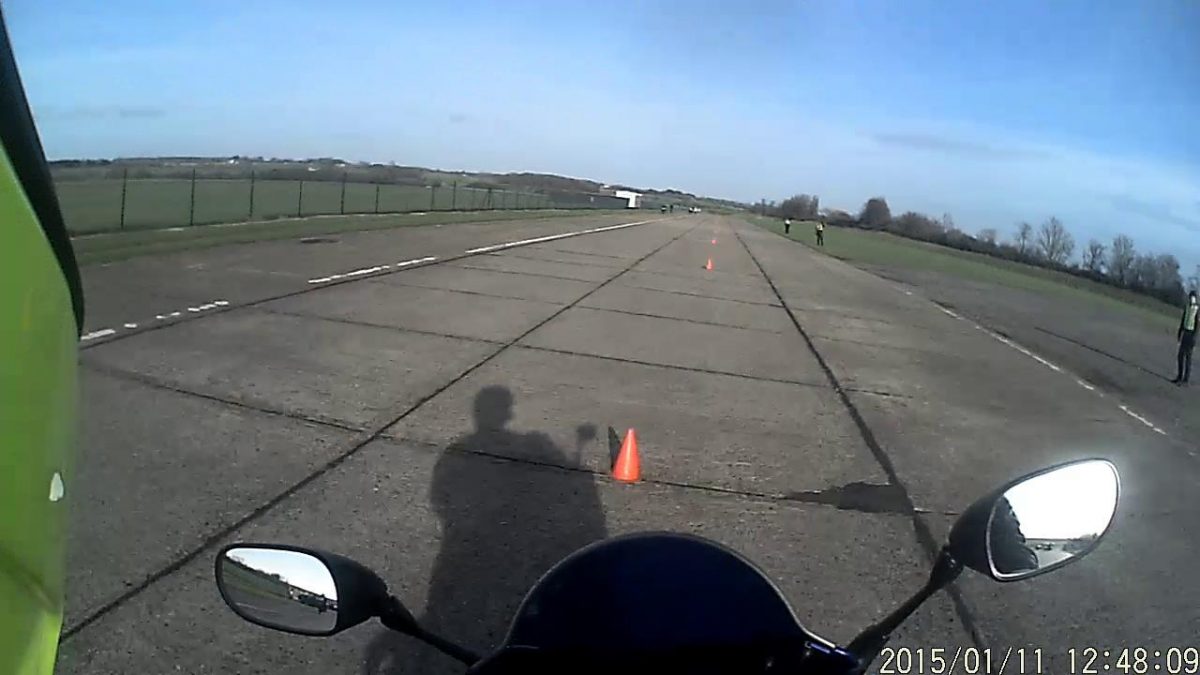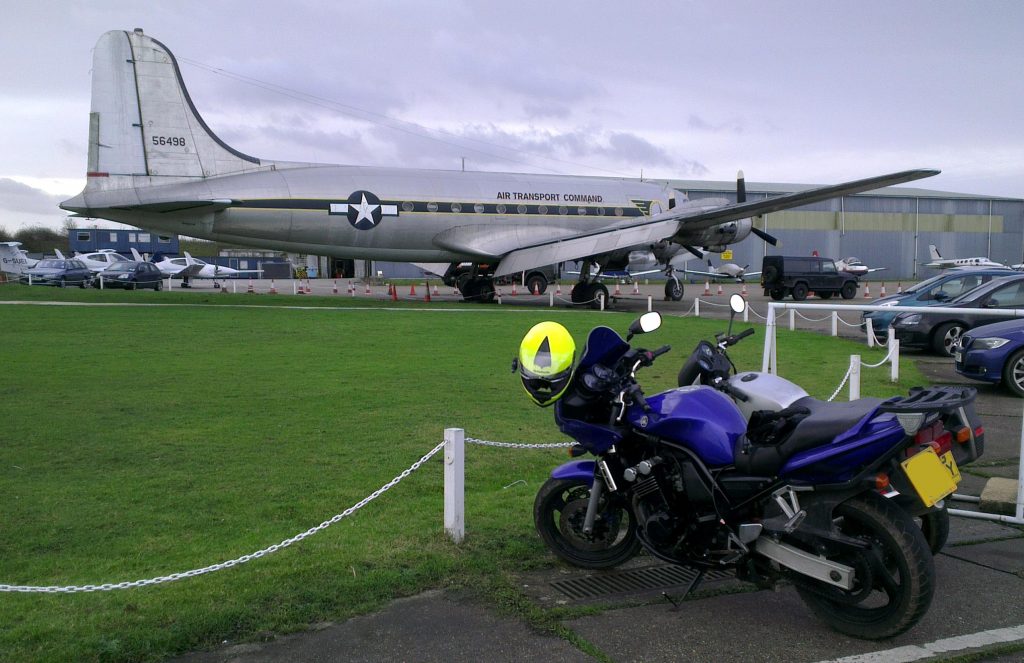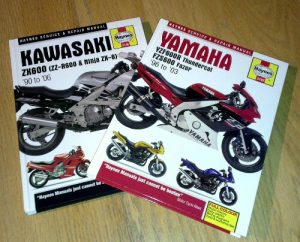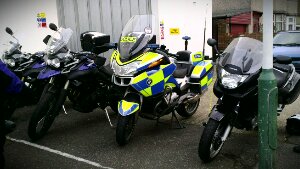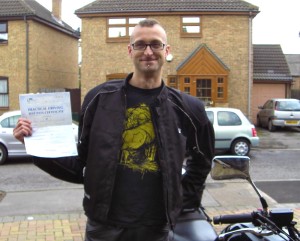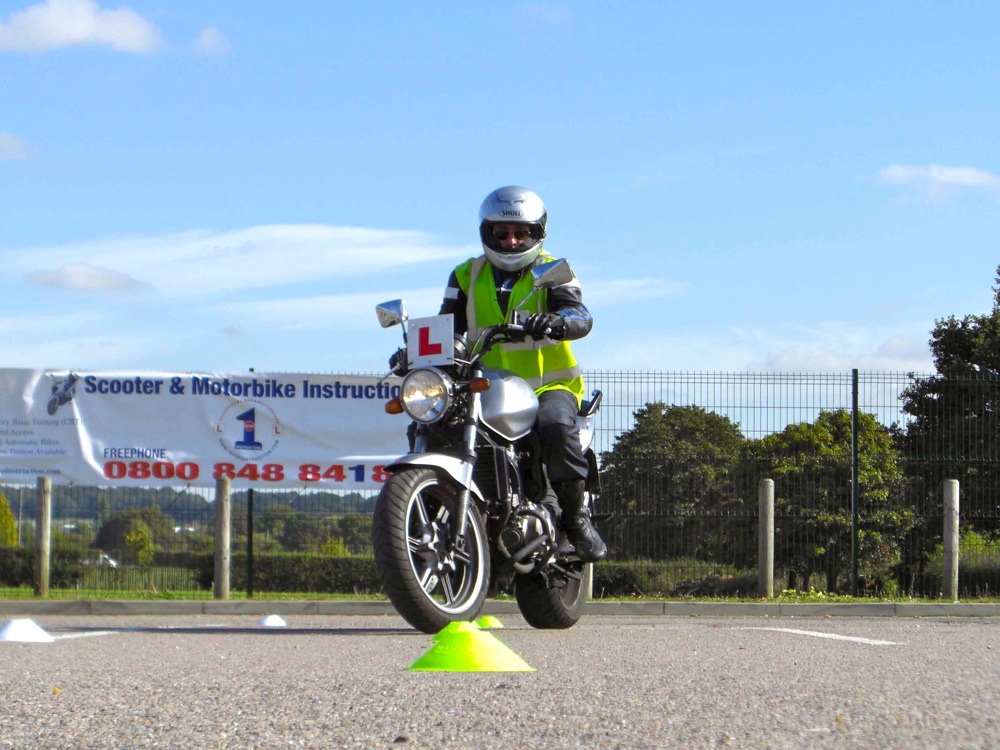16 years old is the first big milestone towards adulthood, with many things you can (legally) do at this age: leave home, join the army, apply for an adult passport, have sex, get married, register to vote and so on. But crucially, 16 is when you can legally start to ride a motorcycle on the road. You can only ride a small 50cc moped and it may be your first set of wheels to get around, but what is involved, what does it cost and is it really worth getting a 50cc motorbike at 16?
What can you ride at 16?
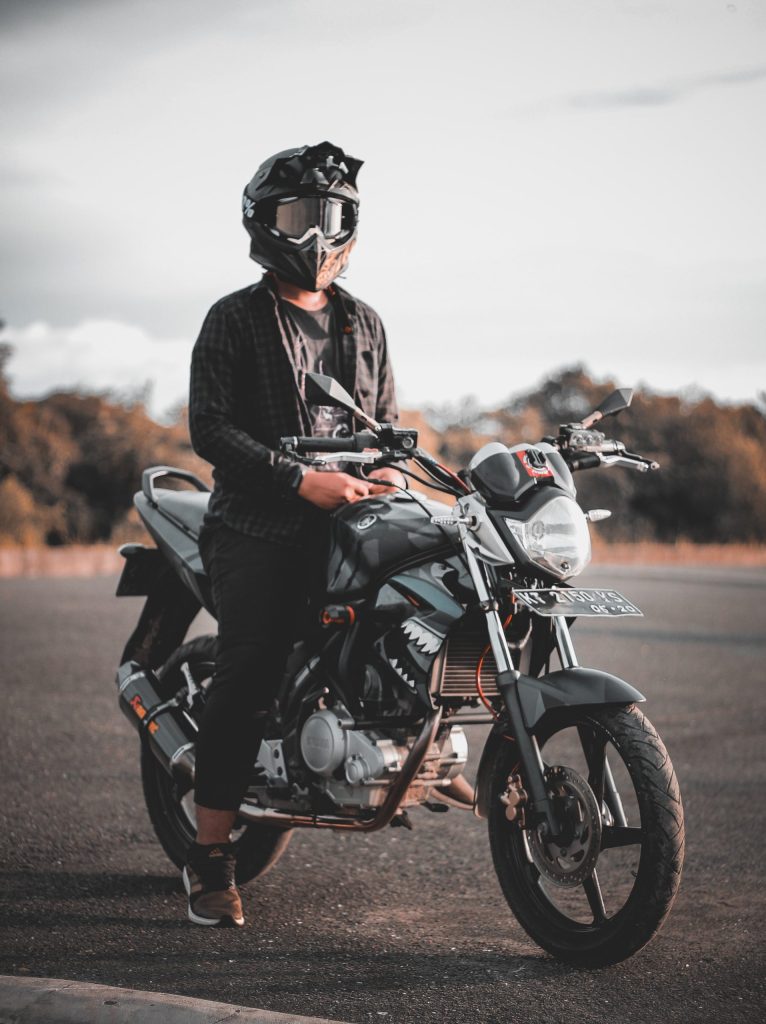 In the UK at age 16, you can legally ride a 50cc moped with a top speed of 45km/h (30mph). OK, certainly no speed daemon, but it’ll get you around faster than a push bike and will have more street cred.
In the UK at age 16, you can legally ride a 50cc moped with a top speed of 45km/h (30mph). OK, certainly no speed daemon, but it’ll get you around faster than a push bike and will have more street cred.
The most common 50cc bike will be a twist’n’go scooter with automatic gears. However, there are a number of traditional geared 50cc motorbikes available, ranging from basic commuter bikes to retro classics, dirt bikes to race replicas. Basic Chinese bikes start at around £1k, with prices going up to about £4k for posher Italian models from the likes of Aprilia.
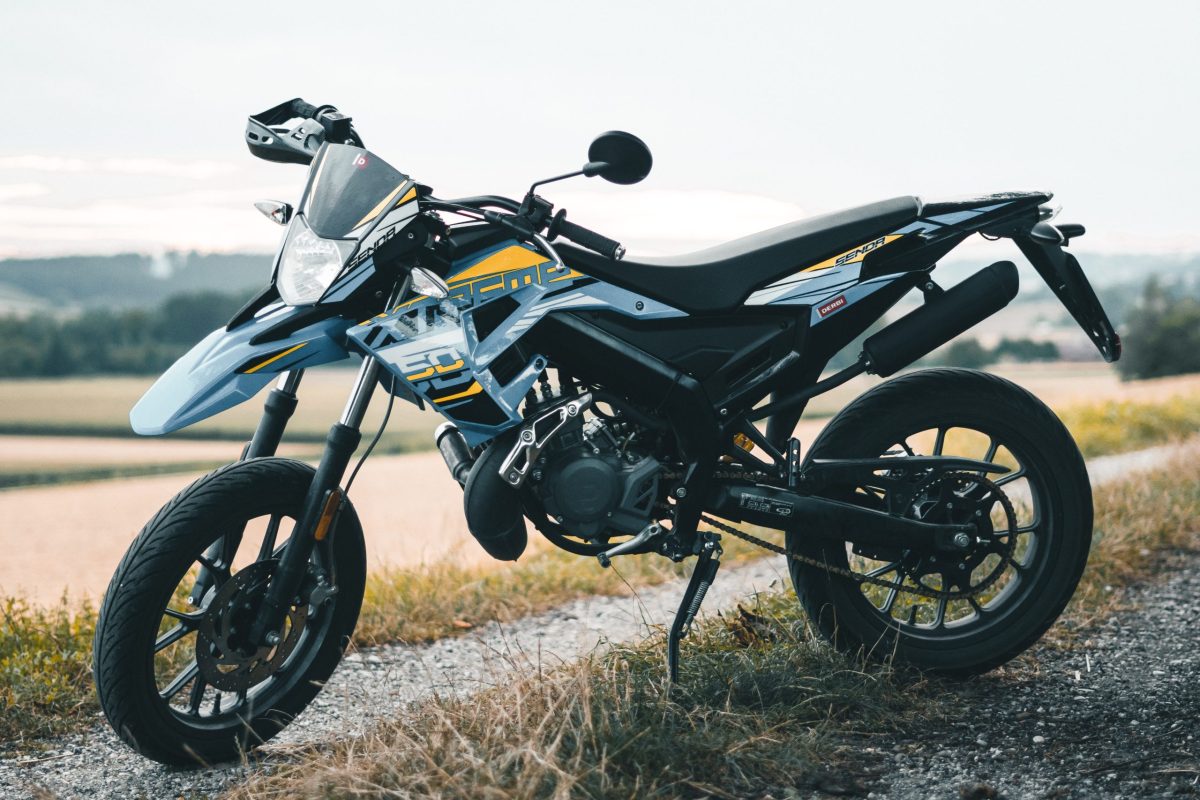
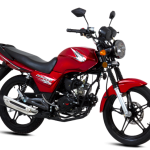
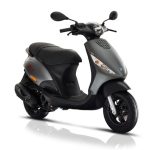
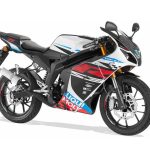
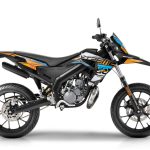
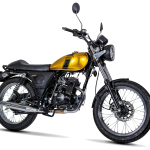
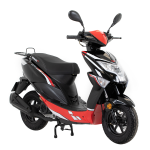
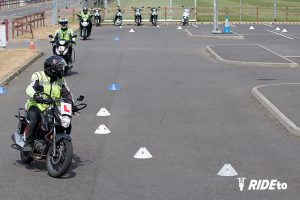 If you want to start riding a motorcycle in London or anywhere in the UK, your first step is to get your Compulsory Basic Training or ‘CBT’ completed. This is a simple one day course and isn’t a test as such if your instructor finds that you have reached the required standard to ride on the road, your CBT training will be complete and your certificate issued. See more information about
If you want to start riding a motorcycle in London or anywhere in the UK, your first step is to get your Compulsory Basic Training or ‘CBT’ completed. This is a simple one day course and isn’t a test as such if your instructor finds that you have reached the required standard to ride on the road, your CBT training will be complete and your certificate issued. See more information about 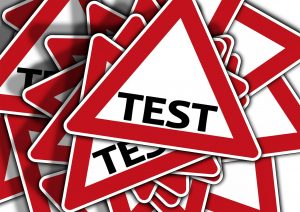 Before you can get a driver’s permit, you need to pass a US DMV (Department of Motor Vehicles) written test. The best way to prepare for this written test is to take an online DMV theoretical test. However, a practice test is not for the sole purpose of preparing for the test. It comes with other benefits as well.
Before you can get a driver’s permit, you need to pass a US DMV (Department of Motor Vehicles) written test. The best way to prepare for this written test is to take an online DMV theoretical test. However, a practice test is not for the sole purpose of preparing for the test. It comes with other benefits as well.